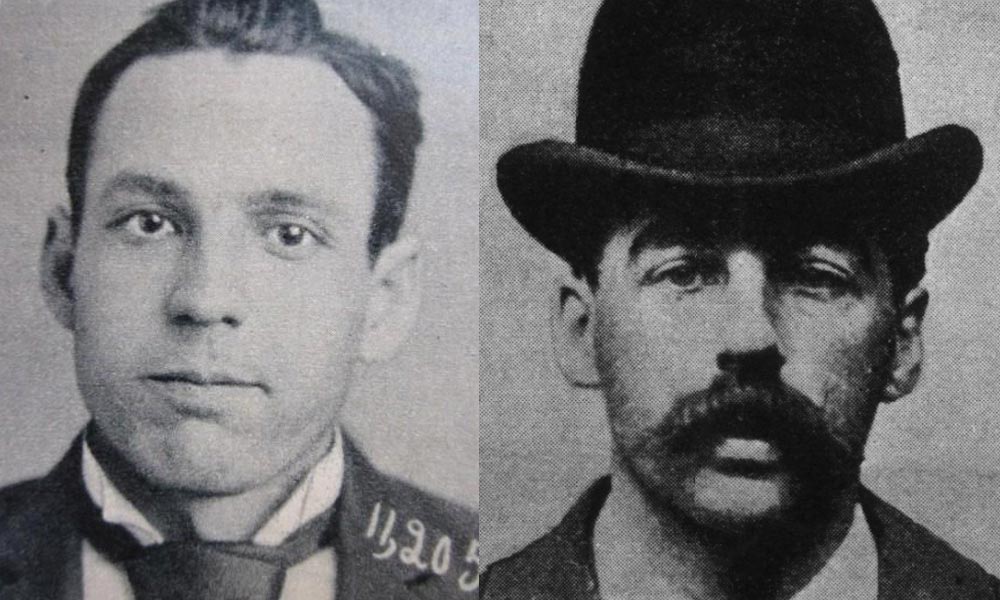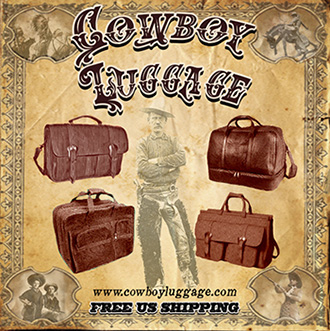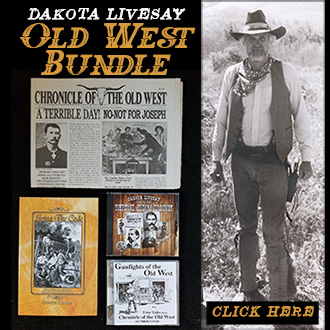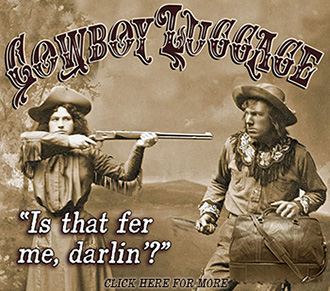Considering the popularity of Old West boots today, here is an interesting article from 1894.
Disuse of Foot Gear Once Popular East and West.
 November 7, 1894, Evening News, El Paso, Texas – The diminished use of boots is a matter of concern to the manufacturers of them and to the producers of heavy leather and heavy calfskins. Twenty years ago the calf boot industry was a leading one in New England. Whole towns were studded with factories, which produced calf boots exclusively. For a decade the sale has been gradually falling off, and today it is of hardly any importance.
November 7, 1894, Evening News, El Paso, Texas – The diminished use of boots is a matter of concern to the manufacturers of them and to the producers of heavy leather and heavy calfskins. Twenty years ago the calf boot industry was a leading one in New England. Whole towns were studded with factories, which produced calf boots exclusively. For a decade the sale has been gradually falling off, and today it is of hardly any importance.
A few manufacturers of shoes include boots as a specialty, but the demand is too light to amount to much. When calf boots were more in vogue, manufacturers consulted the partialities of the cowboys, to whom price was a secondary consideration. The legs were frequently corded with silk stitching. The star and crescent and other fanciful ornamentations were inlaid on the legs of the boots. There were high heels, and boots were striking specimens of mechanical art. The soles were inlaid with copper, zinc and brass nails.
The cowboys no longer pay $15 for a pair of boots. They want substance instead of show. But they were not the only wearers of calf boots. They were extensively worn. Many men prefer them today, though the number is growing less.
The old-fashioned stoga boots were formerly sold in large quantities. They are well nigh obsolete. There followed a demand for a lighter and more stylish article. A kip boot of finer texture was produced, about equal in appearance to the best calf boot, but this, too, has fallen somewhat into disuse, and the sales this season are scarcely over one-half the usual amount. Even the farmers are using heavy shoes instead of boots, and if it becomes a necessity to wear long legged boots they buy rubber.

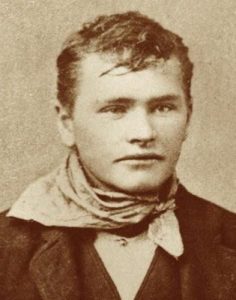 The family of Willard Christianson moved to Utah after they had converted to Mormonism. At the age of 14 Willard got in a fight, and thinking he had killed his adversary, ran away from home. As a young boy Willard fell in with bad company and started rustling cattle. While operating out of Utah’s Robbers Roost area he got the nickname of the Mormon Kid.
The family of Willard Christianson moved to Utah after they had converted to Mormonism. At the age of 14 Willard got in a fight, and thinking he had killed his adversary, ran away from home. As a young boy Willard fell in with bad company and started rustling cattle. While operating out of Utah’s Robbers Roost area he got the nickname of the Mormon Kid. 
 Cowboys loved their
Cowboys loved their 
